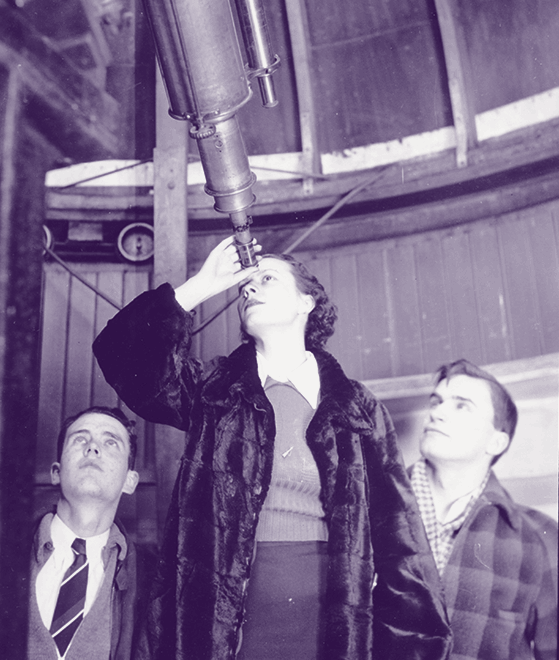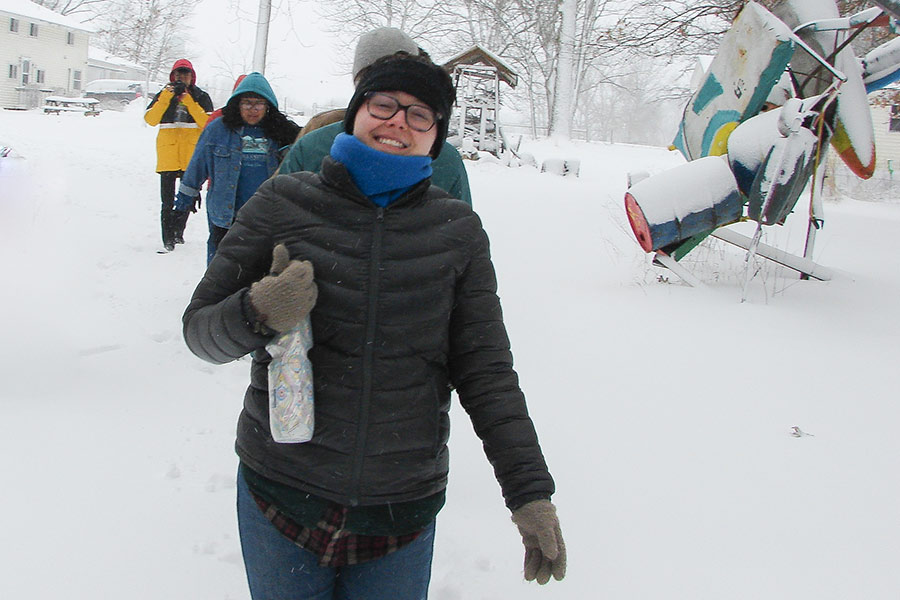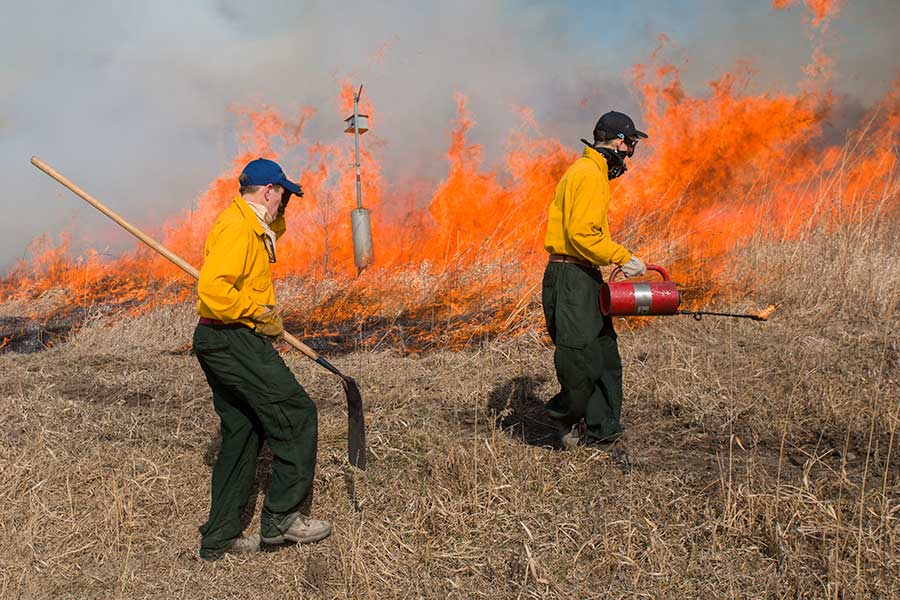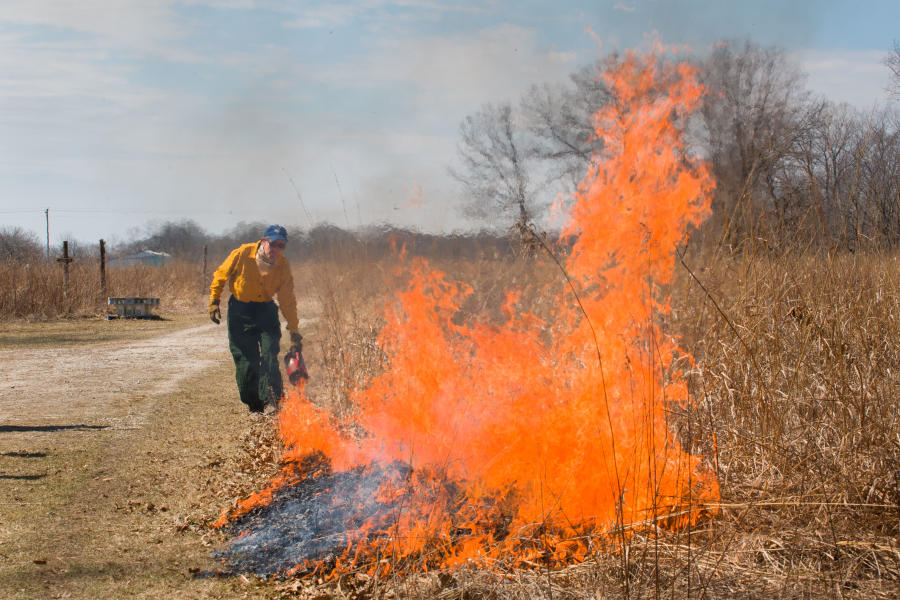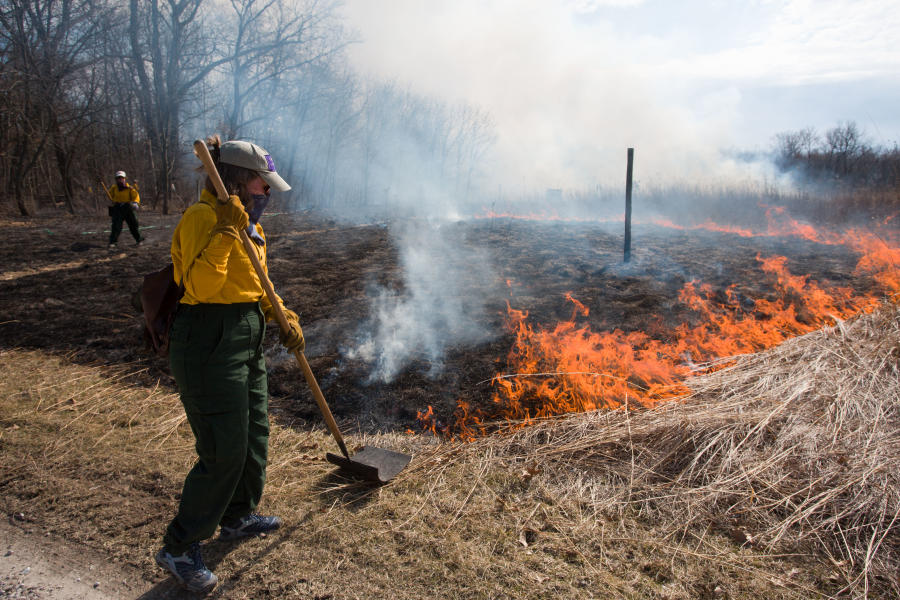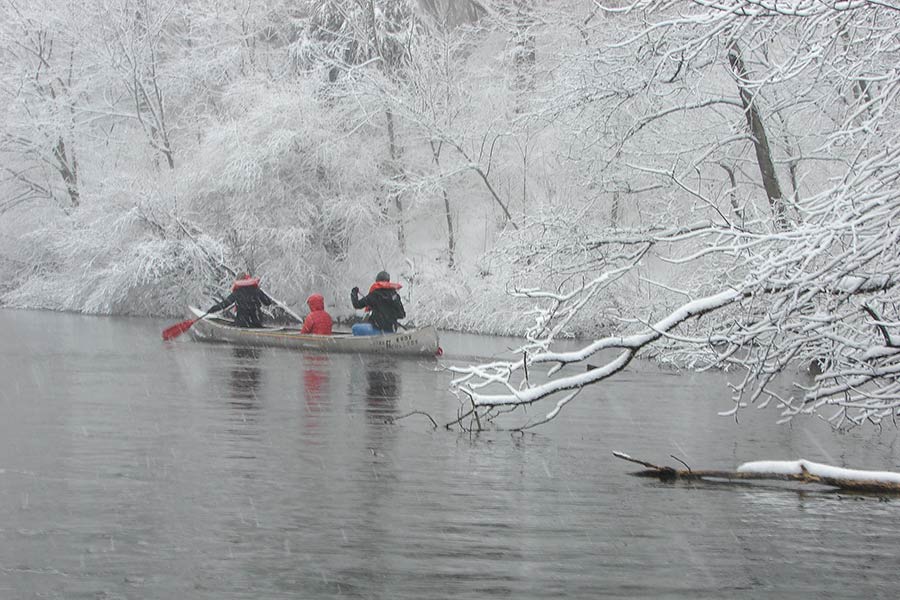
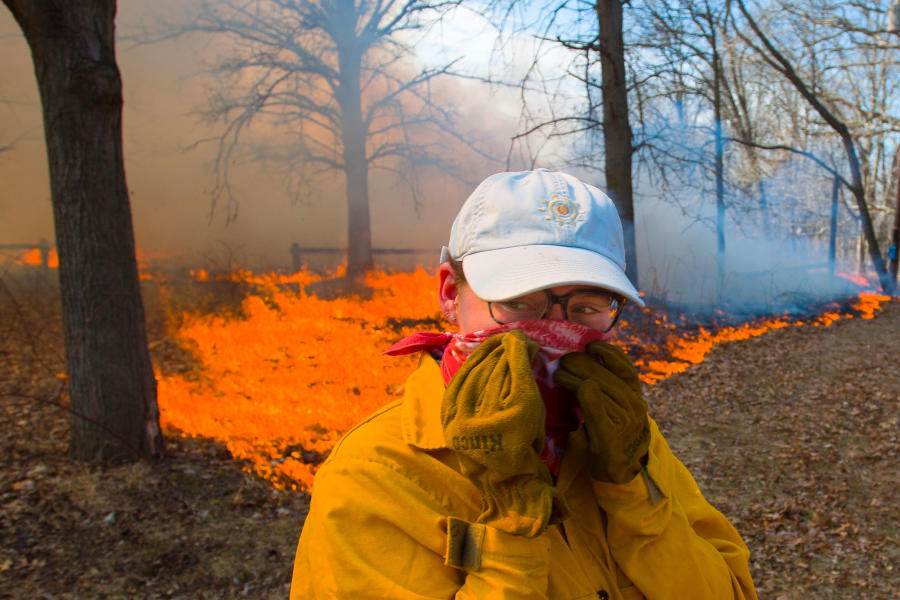
Huge Prairie Fire, Then Snow
Ecological restoration, weather, highlight first week of spring at Green Oaks Term
During the two weeks after the prairie burn, snow and sun alternated at Green Oaks, located about 20 miles east of Galesburg in central Knox County. 2018 has been a stark contrast with 2012, when warm spring weather came so early that Allison, who oversees the annual prairie restoration project, had to cancel the burn because it would have disrupted that year's growth cycle already underway.
This is not the first time that the Green Oaks Term has experienced an early spring snow.
"Several years ago," Gant said, "a student followed some small tracks in the snow until they got to a spot where it looked like the snow had been brushed away, there was a smattering of red and the tracks disappeared," presumably where a hawk had captured a vole—a prairie rodent widespread at Green Oaks.
Still, the long term trend—climate, not weather—is in the direction of earlier, warmer spring seasons, according to a research paper by Allison, who holds the Watson Bartlett Professorship in Biology; and one of his students, Kelsey Martinez, who's currently completing a Ph.D. in biology. They looked at more than 50 years of data on when plants at Green Oaks began flowering each spring. Allison and Martinez concluded: "Our research revealed significant changes in first flowering date, with shifts to earlier first flowering dates clearly related to increasing spring temperatures."
Green Oaks comprises some 700 acres in all, including native and restored prairie, a lake and old growth forests. Farming and strip mining impacted much of Green Oaks and the surrounding area during the 19th and first half of the 20th centuries. Prairie restoration began at Green Oaks in 1955, making it one of the oldest projects of its type anywhere.
Published on April 12, 2018

